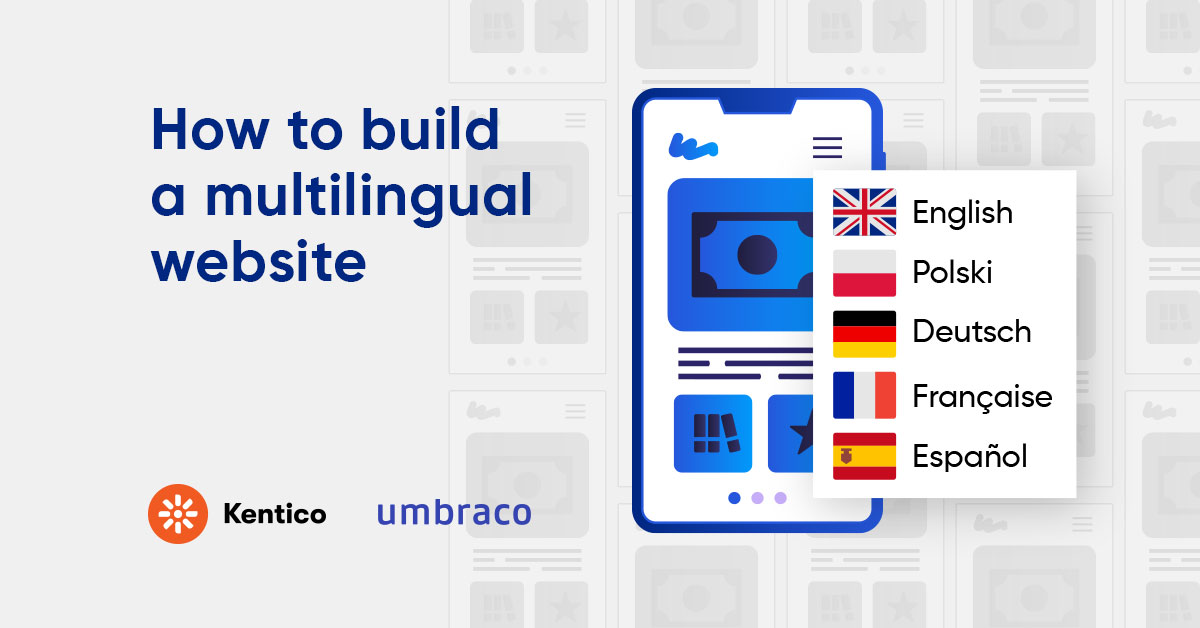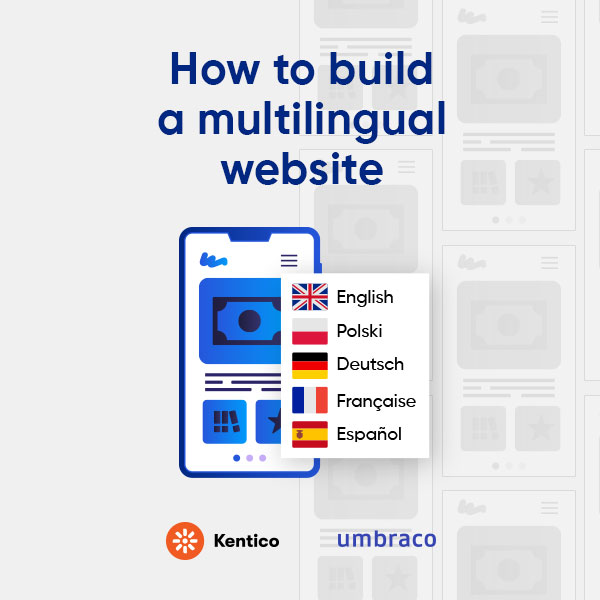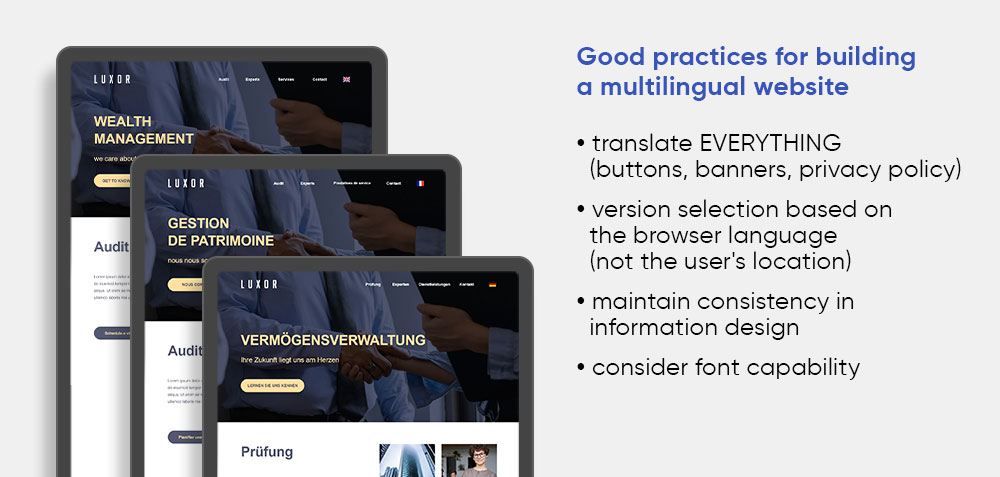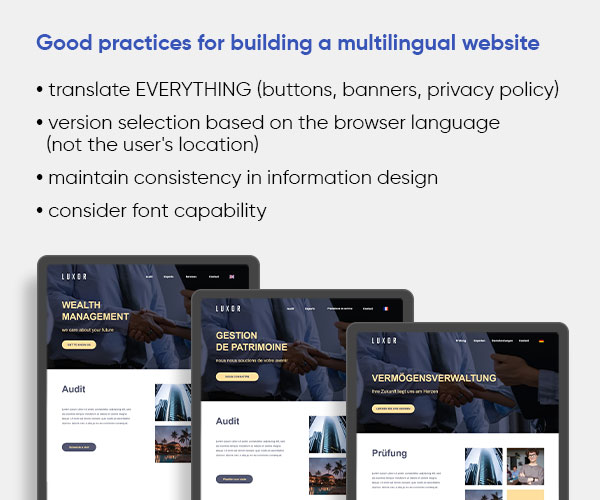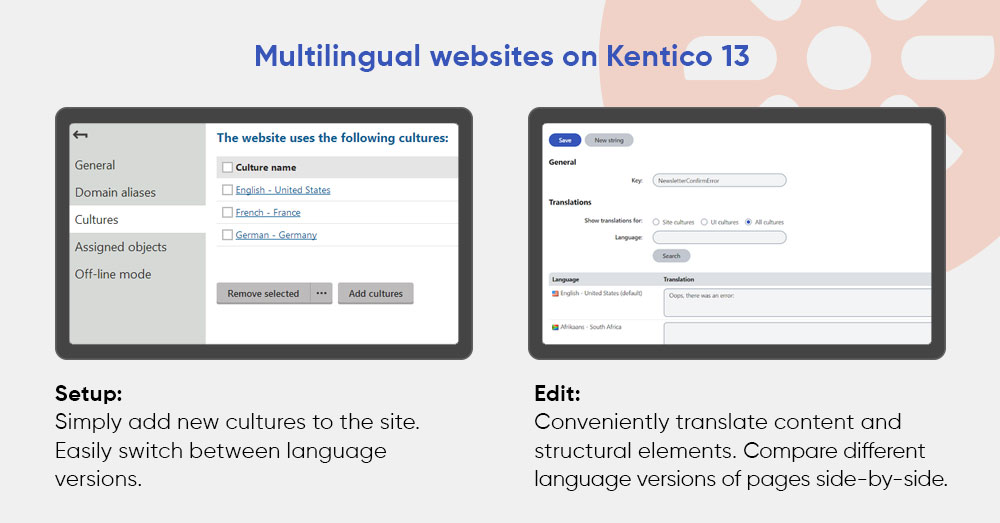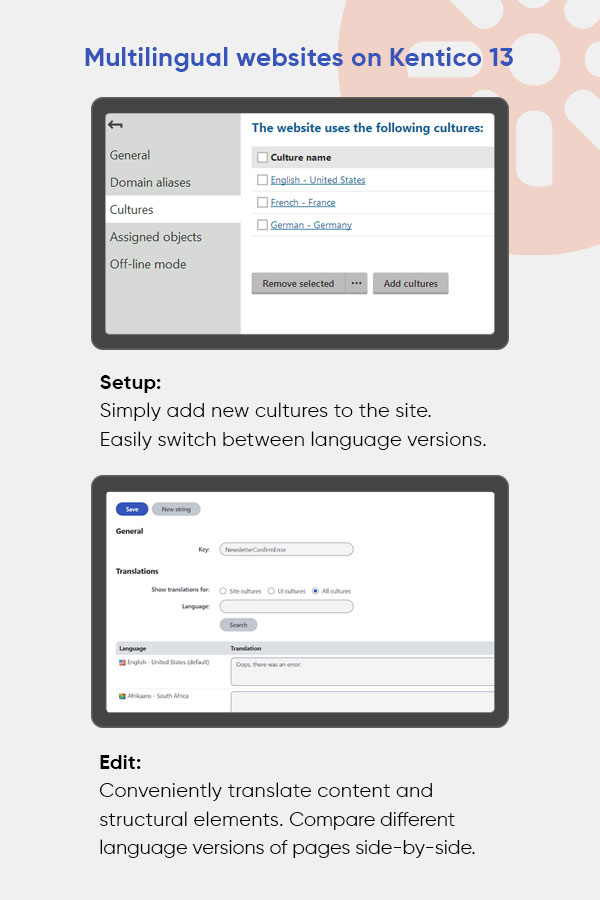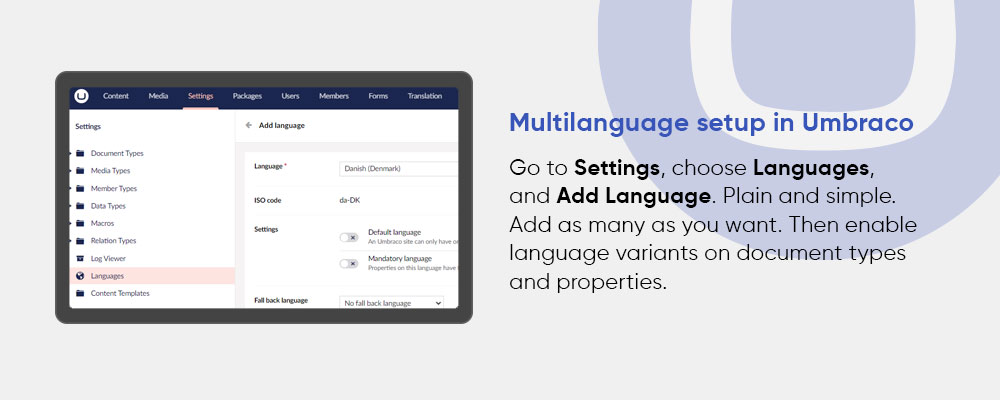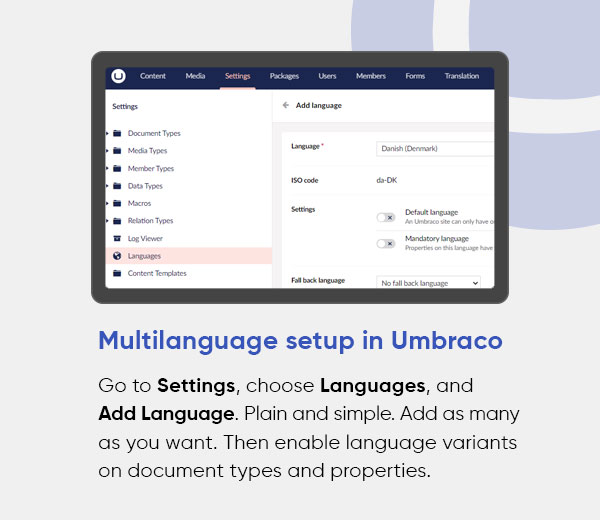There's an array of compelling reasons to consider crafting a multilingual website right from the get-go of your project. Even if your enterprise operates solely within the local vicinity, or you assume all your prospective clients are well-versed in English, circumstances can change swiftly, and your business can grow. It's always better to be ready for the future. That's why we prioritize content management systems that facilitate administrators in effortlessly and conveniently integrating new language versions into their websites during the development phase.
Some time ago, we received a request from a prospective client keen on quickly bolstering their online presence in multiple European markets. Due to their business model, their marketing attention would often need to be diverted to different markets. Despite having a track record of operating in various countries over the years, their website was built on a basic CMS, propped up by a Google Translate plugin.
The Google Translate extension is, of course, the simplest solution to have a "multilingual website," and it's completely free. It is well-suited if you aim just to enable non-native speakers to navigate your website and locate the required information. It's an ideal fit for local government websites, for instance. But it is not nearly enough for a company that wants to conquer foreign markets and increase its online visibility abroad. The translation made by the Google Translate extension is visible only in the user's browser but not to the search engine. Therefore, we proposed to build a multilingual website in a system that perfectly supports SEO-friendly and multilingual variants. And we recommend such a solution to all those interested in marketing their business to foreign markets.
REASONS TO HAVE A MULTILINGUAL WEBSITE
Wider reach
According to a G2 article from a few weeks ago, citing the CSA global market research, nearly 70% of consumers are willing to pay more for a localized product. Of course, everything depends on the specifics of your products and target audience. In the case of the B2C industry operating on the international market, the demand for a multilingual website will be much greater than in the case of B2B products and services. However, bear in mind that adding a new language version will ALWAYS increase the potential range, regardless of the nature of your product.
Building engagement
Even if users understand English product descriptions on your site, they are more likely to leave a comment under the product or ask a question if they can do it in their native language. In addition, adding a language version to your website is also a sign of empathy and inclusion, which can go a long way with customers.
SEO
If you run a business from the UK but want to appear in the results of a search engine set to Greek, Italian, or any other language - a multilingual website is a must. And not just one translated page, but a whole website in a given language, with its own domain or a subdomain.
GOOD PRACTICES FOR BUILDING A MULTILINGUAL WEBSITE
Developing a multilingual website comes with obvious challenges. Besides a significant investment of time ensuring translation accuracy, you must maintain consistency across all language versions, including design elements, navigation, and content. Here are some things we especially advise you to remember when designing a multilingual website.
Translate EVERYTHING
You don't want elements in your native language to remain on the foreign language version of your website. It doesn't look professional. Buttons, banner texts, privacy policy - everything should be linguistically consistent to make a good impression and not confuse the user.
Consider font capability
A custom and fancy font should not be more important than readability. Note that not all fonts will display characters in foreign languages correctly.
URLs matter
Not only for SEO reasons but a multilingual website's structure should also be designed so that all subpage links are translated.
Enable users to toggle between versions
Users coming to your site through search results should see the version of the site in their language. Still, it's good practice to allow them to change the language without entering a different address, for example, using a drop-down menu or a list of available languages in the page's footer.
Localization and transcreation
Adapting design to a specific culture is valuable. This involves not only adjusting the structure to suit the language (e.g., right-to-left for Arabic) but also selecting appropriate symbols, icons, graphics, and photos.
Comparable user experience in all language versions
Provide users using your website with a similar experience regardless of the language version they use.
Now, if you decide to go with WordPress, the most popular CMS, for your project, you will need third-party plugins to create multilingual versions of the website. WPML and Polylang are the popular ones and can provide decent support. However, third-party extensions are always a burden on the site that adversely affects its speed, security, and overall performance, as we have mentioned on this site many times. Therefore, in the long run, choosing a system with built-in multilingual capabilities will be a much better solution.
DEVELOPING A MULTILINGUAL WEBSITE WITH KENTICO 13
Kentico 13 is specifically designed to provide excellent support for multilingual websites. From the website administrator's perspective, the whole mechanism is based on adding new Cultures to the dashboard and conveniently translating page elements. A wide range of functions that allows you to implement all the good practices described above includes:
Built-in translation service
You can automate or outsource your translation through the CMS interface. The system transfers data between pages and translation providers, allowing you to focus on content. Two translation services are available: machine and standard. Machine services use software for automatic translations, while standard services use human translators. Kentico 13 offers an interface for external human translators and custom translation services. Default machine services are Microsoft Translator and Google Translate.
Multilingual URL support
In Kentico 13, you can create language-specific URLs for each site version. This feature is crucial for SEO, enabling search engines to comprehend and rank your site's content accordingly.
Language-specific page templates
You can develop custom page templates that suit the requirements of each language version of your website. It guarantees a consistent user experience and visually appealing content across all languages.
Easy encoding
You can count on Kentico 13 to deliver a seamless localized user experience, regardless of the language or special characters used. The system stores all content in UNICODE and displays it using UTF-8 or UTF-16 encoding, ensuring all languages are compatible with the platform. This means you won't have to worry about language localization in its scripted form being a barrier to providing a great user experience.
Overall, Kentico is one of the best choices for multilingual sites. We can confirm this based on our own experience - as developers, content managers, and system users. More information on features supporting multilingual content can be found on the Kentico website and in the Kentico 13 documentation.
DEVELOPING A MULTILINGUAL WEBSITE WITH UMBRACO
Umbraco is a very good alternative to Kentico, and its important advantage is that it has a version with a free license. It also offers robust, out-of-the-box multilingual support.
In the case of Kentico, a new Culture had to be added to create a different language version of the site. With Umbraco, it works very similarly, but this function is called Language Variants in the system’s dashboard.
Once you allow varying by Culture in the Document Types section, you can easily switch between language variants in the Content section dropdown menu. In addition, thanks to the "Open in split view" option, you can also compare the versions side-by-side.
The platform is maybe less rich in multilingual content management functionalities than Kentico, but the flexible and clear content structure allows you to create custom content types and fields, which can be easily translated into multiple languages.
The content versioning feature makes tracking changes to content across different languages easy, ensuring that your website is always up-to-date. In addition, SEO-friendly features, such as the ability to manage meta tags and create search engine-friendly URLs, make optimizing your multilingual website for search engines easy.
If you can invest time in carefully creating multilingual content, Umbraco will reward you with simplicity and clarity of content management options.
Are you interested in building a multilingual website? We invite you for a free consultation. We will be happy to review the specification of your project and propose an adequate solution.

